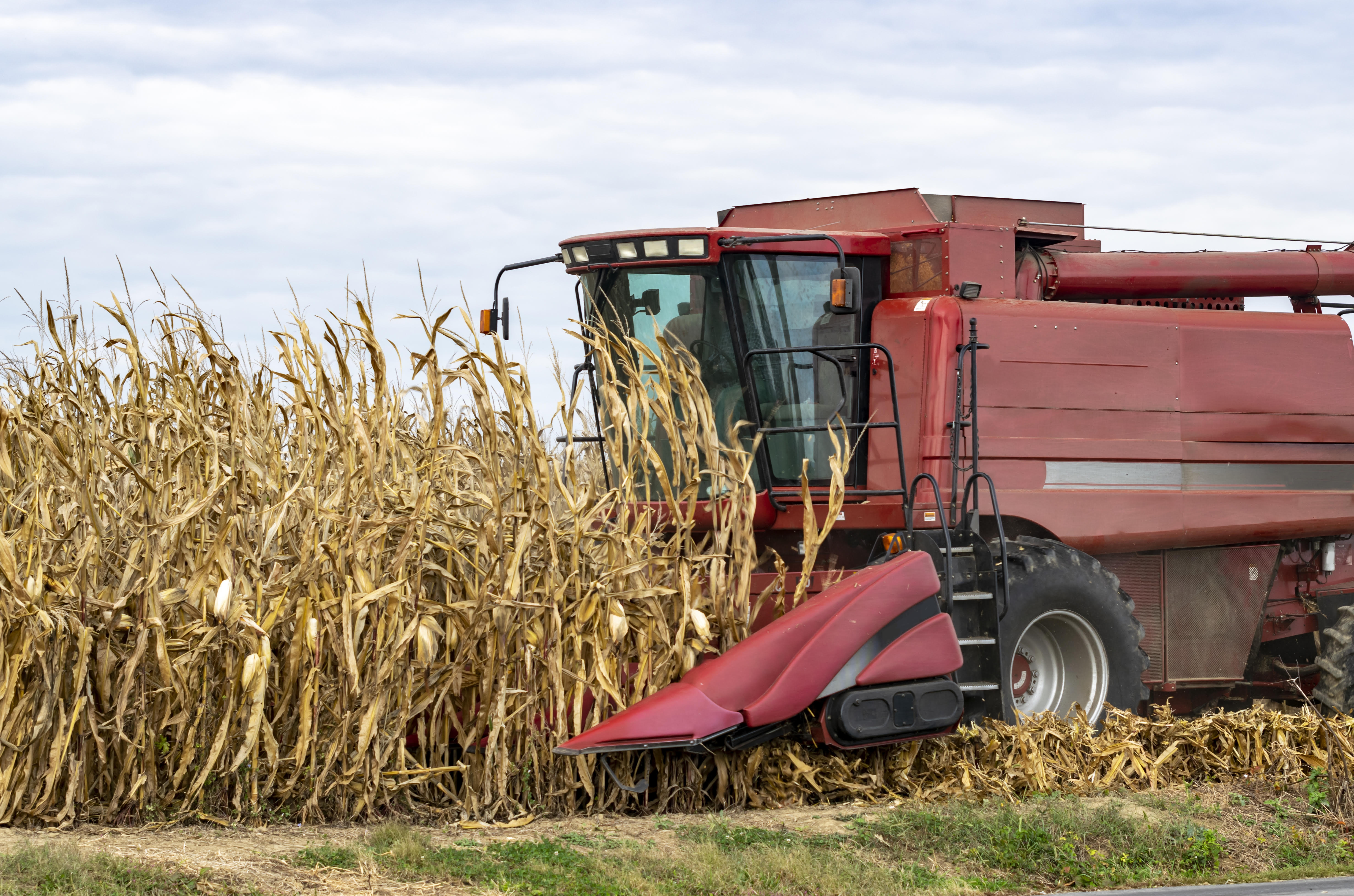When Should Corn Harvest Begin?
go.ncsu.edu/readext?1085891
en Español / em Português
El inglés es el idioma de control de esta página. En la medida en que haya algún conflicto entre la traducción al inglés y la traducción, el inglés prevalece.
Al hacer clic en el enlace de traducción se activa un servicio de traducción gratuito para convertir la página al español. Al igual que con cualquier traducción por Internet, la conversión no es sensible al contexto y puede que no traduzca el texto en su significado original. NC State Extension no garantiza la exactitud del texto traducido. Por favor, tenga en cuenta que algunas aplicaciones y/o servicios pueden no funcionar como se espera cuando se traducen.
Português
Inglês é o idioma de controle desta página. Na medida que haja algum conflito entre o texto original em Inglês e a tradução, o Inglês prevalece.
Ao clicar no link de tradução, um serviço gratuito de tradução será ativado para converter a página para o Português. Como em qualquer tradução pela internet, a conversão não é sensivel ao contexto e pode não ocorrer a tradução para o significado orginal. O serviço de Extensão da Carolina do Norte (NC State Extension) não garante a exatidão do texto traduzido. Por favor, observe que algumas funções ou serviços podem não funcionar como esperado após a tradução.
English
English is the controlling language of this page. To the extent there is any conflict between the English text and the translation, English controls.
Clicking on the translation link activates a free translation service to convert the page to Spanish. As with any Internet translation, the conversion is not context-sensitive and may not translate the text to its original meaning. NC State Extension does not guarantee the accuracy of the translated text. Please note that some applications and/or services may not function as expected when translated.
Collapse ▲ As we move into August corn growers begin to think about harvest. Aside from the current poor prices in the market, growers must consider when to harvest and how to handle the crop. One of the frequent questions is at what moisture level should I begin harvest? With low prices it’s tempting to leave the crop in the field until dry (15.5%) moisture but that may not be the best choice. With low prices the only way to reap a profit is to increase yield or at least capture to most yield from the planted acres. There are several factors to consider in determining when to harvest. These include shrinkage, the cost of drying and field loss. The real risk here is from field loss since shrinkage is the water weight lost due to the dry down of the grain (either in the field or taken as shrink at the elevator) and the cost of drying is somewhat stable whether taken as a discount at the elevator or dried on the farm. Field loss can be described as ear loss either from stalk lodging or ear loss primarily due to a severe storm or prolonged period of wet weather which can result in ear rot, losses in kernel weight or aflatoxin. Given, greater field losses can be tolerated with lower prices to offset the price of drying but in any case, growers should not allow the grain to dry down below 15.5% unless storing on the farm for 3-4 months. Anything below this and growers are leaving weight and profit in the field. For assistance in calculating costs and risks review the article by Dr. Ron Heiniger.
As we move into August corn growers begin to think about harvest. Aside from the current poor prices in the market, growers must consider when to harvest and how to handle the crop. One of the frequent questions is at what moisture level should I begin harvest? With low prices it’s tempting to leave the crop in the field until dry (15.5%) moisture but that may not be the best choice. With low prices the only way to reap a profit is to increase yield or at least capture to most yield from the planted acres. There are several factors to consider in determining when to harvest. These include shrinkage, the cost of drying and field loss. The real risk here is from field loss since shrinkage is the water weight lost due to the dry down of the grain (either in the field or taken as shrink at the elevator) and the cost of drying is somewhat stable whether taken as a discount at the elevator or dried on the farm. Field loss can be described as ear loss either from stalk lodging or ear loss primarily due to a severe storm or prolonged period of wet weather which can result in ear rot, losses in kernel weight or aflatoxin. Given, greater field losses can be tolerated with lower prices to offset the price of drying but in any case, growers should not allow the grain to dry down below 15.5% unless storing on the farm for 3-4 months. Anything below this and growers are leaving weight and profit in the field. For assistance in calculating costs and risks review the article by Dr. Ron Heiniger.




